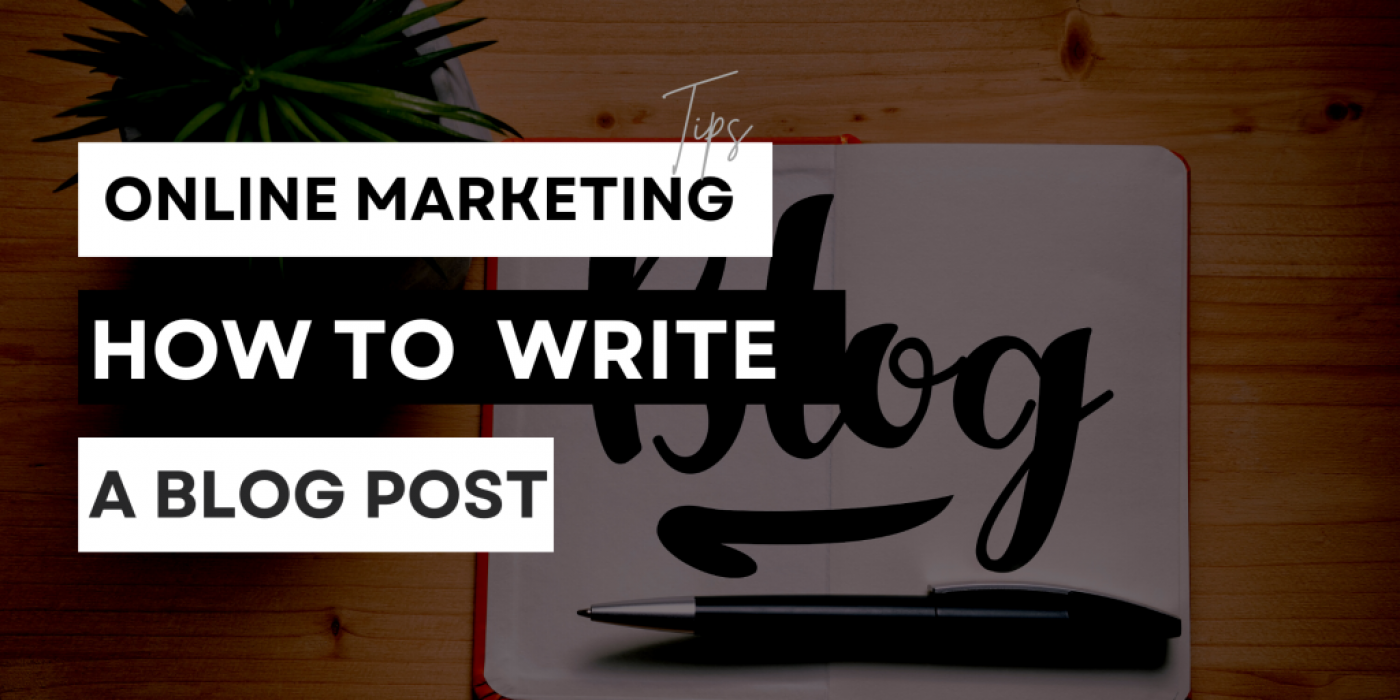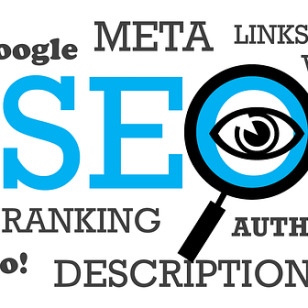By Shaina Griffin
Southern Tier Communications Strategies, LLC
Writing blog posts allows you and your business/organization to publish insights and stories on your website about topics relevant to your target audience(s). So here are some online marketing tips on how to write a blog post – an effective one, that is.
In this digital age, you can become your own multimedia machine, no longer having to rely on pushing your message through the news or via expensive (often ineffective) advertising. Every time you publish, you take an important step toward boosting brand awareness and credibility, which yields sales conversions, revenue and other forms of support.
You build thought leadership within your industry. (There’s that buzzword again, but it’s soooo important!) Perhaps most importantly, blog posts are one of the primary ways to drive traffic to your website. To your website. Where they may take an action, whatever action it may be.
Write a Blog Post That Builds Your Content Marketing Strategy
Blog posts are great for building SEO and domain authority. But it’s not enough to just write a blog post and throw it out into the ether, hoping for great results.
They must stay on topic and grab the reader’s attention with sophisticated graphics and bold titles. Once you have their attention, keep that attention with a story that resonates. Content marketing, at its core, is simply great storytelling. Write a blog post that tells the story of your brand – not just bragging about how great you and your products/services are, but how your brand offers a way to help.
But before you can tell that story, you must know some blogging basics. Here are 6 steps to write a blog that works!
1. Truly Understand Your Audience
It’s said so often that it’s pretty much cliché. Knowing your target audience – and truly understanding it – is the most important part of the process. Blog posts are aimed at a certain audience to be informative, offer guidance and usher them through solutions to their pain points.
You may ask yourself questions like:
- “What do they want to know?”
- “What do they need to know?”
- “What will resonate with them?”
- “How do they consume content?”
- “Which styles of content do they prefer?”
- “Where do they engage most in the digital realm?”
The list goes on and on, but it’s crucial to answer those questions. This is where creating buyer personas comes in handy. While coming up with a blog topic, consider what you already know about your buyer’s persona and take into account their needs, interests, engagement patterns and the like.
Consider their place in the world and how your brand could most effectively be a part of it. For example, if your target readers are young millennials trying to start a business, they most likely will not need information for getting started on social media — most of them already have that perfected.
2. Pick Your Topic
Well, we should be saying, pick your topics. A strong digital marketing strategy should be a map to the future with many different topics, based in keyword research, to deliver insights and answer questions.
Before you write a blog post, you have to identify the subject matter. The topic may be general to start as you find your desired niche for blogging. Keep in mind, again, the audience that you are attempting to target. Stay on topic and be informative. A blog post that takes a reader to LaLa Land is confusing and not informative.
Your topic should answer a question, solve a pain point, provide insight, and/or paint a picture of positive results tied through a common theme: your brand.
3. Study Your Competition
Inspiration for blog posts and other content marketing can also come from competitors. It’s worth looking at popular, highly reviewed blogs because their strategy and execution is what propelled them to credibility.
You’re not in the business of stealing. The idea isn’t to copy these elements, but to gain better insight into what readers appreciate in a good quality blog. As you peruse, take note how others frame issues or answer questions. Is there a way to address a topic that’s particularly effective? More importantly, can you figure out how to do it better?
4. Identify a Unique Angle or Approach
What perspective do you bring that makes you stand out from the crowd? This is key to determining the trajectory of your blog’s future. It’s where your writing methodology is born.
There are so many avenues to choose in the process. You may ask yourself questions like, “What problem(s) will I answer for readers?” or “Will I share my opinions on trending debates?”. You may elect to answer FAQs, tell personal success stories, provide detailed checklists or various other combinations.
5. Write Clearly & Succinctly
You’ve considered your audience, selected a topic, mined for resources and insights (even from competitors), and identified a way to stand out in the crowd. Now you sit down to write.
Take your topic and build an outline of keypoints. (It’s so much easier to write when you follow a plan or formula.) Now, a blog isn’t a book. Attention spans are short.
Get in.
Make your point.
Get out.
A blog shouldn’t take more than several minutes to read, so write concisely.
6. Title Your Blog
This is the most fun part of the writing process! Be creative while putting the finishing touches on your post.
But wait, why write the title at the end? I guess that’s a matter of preference, but writing is a very fluid process. Writing a title up front tends to constrict the writing process. Best to let it flow and write a blog title based on the crux of your main points.
Make your blog title catchy, easy to remember (and, as always, keep your target audience in mind).
Let’s Write a Blog Post That Actually Works … For Your Target Audience & You!
Blog writing should be fun! Be creative. Open a dialog with your target audience and guide them to solutions. They’ll be appreciative in the end, we promise!If you still need help, don’t hesitate to find a digital marketing agency to light the way.








Does Your Organization Need a Digital Marketing Expert? - Grand River Agency
August 4, 2023 @ 2:07 pm
[…] often, a comprehensive strategy involves a mix of different content types and platforms – from SEO blogging to the perfect high-ROI social media channels to reach your people “where they live in the […]